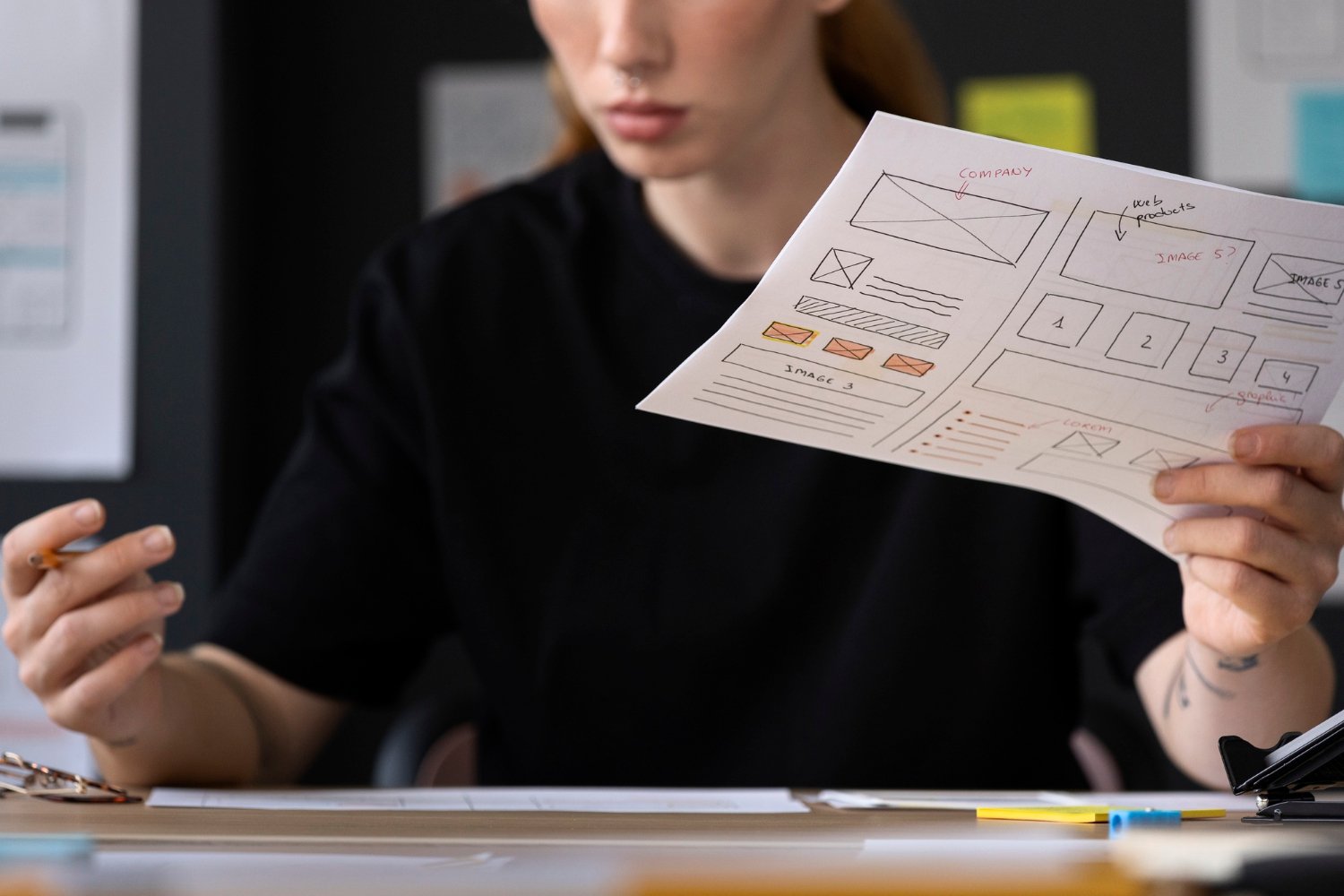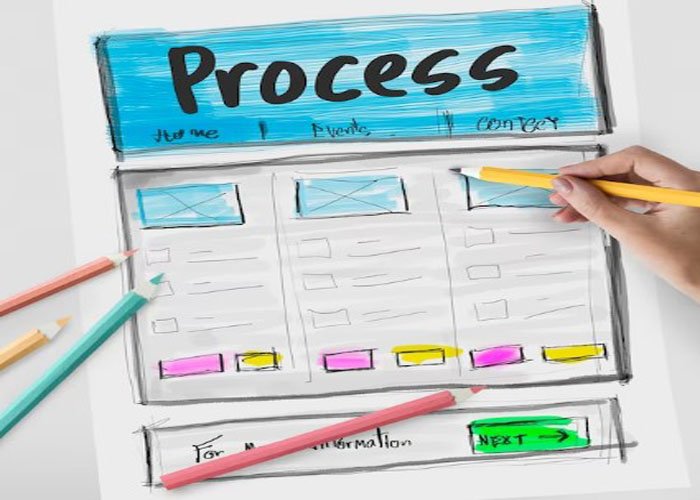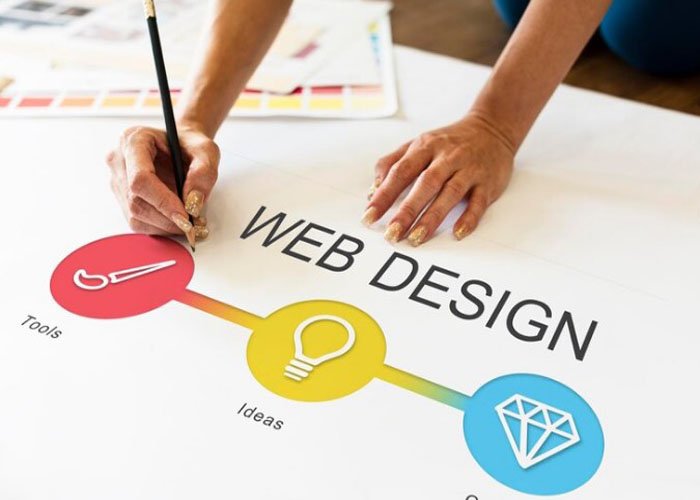
How to arrange filters in UI design?
Ensuring User Comfort with Optimal Filter Range Strategies
Balancing Flexibility and Simplicity in Filter Options
In the realm of UI design, the importance of user comfort cannot be overstated, particularly when it comes to filter design. A critical aspect of this is striking a balance between providing flexible filtering options while ensuring simplicity for ease of use. Achieving this balance is about understanding user behavior and expectations and then designing filters that are both adaptable and straightforward.
Flexible Yet Intuitive
Offering a range of filtering options that cater to diverse user needs, while keeping the process uncomplicated, is essential for a positive user experience. Achieving this involves the implementation of dynamic filters that adapt based on user data and preferences. These filters can automatically adjust the options available to the user, making the process more relevant and less overwhelming. For instance, a shopping site might offer more granular filter options like brand or color only after a user has selected a broader category such as clothing or electronics.

User-Friendly Interface
The design of the interface plays a crucial role in guiding users through the filtering process. It should be intuitive, helping users to naturally navigate through options without confusion. This involves clear labeling of filters, using easy-to-understand icons, and arranging filter options in a logical manner. For example, in an online bookstore, filters for genre, author, and price should be easily identifiable, and their operation should be obvious even to a first-time visitor.
Layered Filtering
In situations involving complex data sets, a layered approach to filtering can be highly effective. This method starts with broad filter categories, allowing users to make general selections before progressively refining their choices with more specific filters. Such an approach prevents users from feeling overwhelmed by too many choices at once and allows them to narrow down their options in a step-by-step manner. For instance, in a real estate app, users might first select a location, followed by property type, and then move on to specific features like the number of bedrooms or price range.
Customizable Defaults
Acknowledging the diversity in user preferences and requirements, providing customizable default settings for filters can significantly enhance the user experience. This feature allows users to set and save their preferred filter settings, which the system remembers and applies in future sessions. Customizable defaults cater to individual preferences and make repetitive searches more efficient. For example, in a job search portal, users could set their preferred job location and industry as default, so they don’t have to input these filters every time they visit the site.
Customizing Filter Ranges for Diverse User Needs
Every user brings their unique set of requirements and preferences to the table. Therefore, customizing filter ranges to suit a wide spectrum of user needs is an essential strategy in enhancing user experience. The key lies in the personalization of filters without sacrificing the overall usability of the interface.
Personalization Options
Personalization in filter design is key to enhancing user experience. Allowing users to personalize filter ranges based on their frequent searches or preferences can significantly streamline their interaction. This personalization could include features such as remembering users’ past filter choices or enabling them to set and save their preferred filter settings. For instance, in an e-commerce application, a user could personalize filters to always show products in their size or from their favorite brands, making each shopping experience more relevant and efficient.
Adaptive Filters
Adaptive filters represent a dynamic approach in UI design, where filters can evolve based on user interaction over time. Utilizing machine learning algorithms, these filters can predict and adjust the range of options based on observed user behavior. This leads to a more tailored experience, as the system learns from the user’s past interactions and preferences. For example, a music streaming service might adapt its genre or artist filters based on the types of music a user frequently listens to.
Feedback Mechanisms
Integrating mechanisms for user feedback into the filter design is crucial for continuous improvement. Users should have an easy and accessible way to provide feedback on the effectiveness and usability of the filters. This feedback can be instrumental in refining and adjusting the filter ranges, ensuring they remain relevant and user-centric. For example, after applying certain filters in a data analysis tool, users could be prompted to rate their effectiveness or suggest improvements.
Diverse User Testing
Testing filters with a diverse group of users is vital to ensure that they cater to a wide spectrum of needs and preferences. This testing should encompass various demographics, including age, technical proficiency, cultural background, and other relevant factors. Diverse user testing provides comprehensive insights, helping designers to understand different user perspectives and address a broader range of user requirements. For instance, a travel booking site might test its destination and price range filters with users from different countries and income levels to ensure the filters are universally applicable and user-friendly.
Navigating the Complexities of UI Filter Implementation
Key Considerations for Seamless Filter Integration
Implementing filters in a user interface (UI) is a complex task that requires careful consideration of various aspects. This section will delve into the essential elements that should be taken into account for a seamless filter implementation process. We will explore the balance between technical integration and user engagement, focusing on how to make filters intuitive, responsive, and effective. The discussion will cover aspects such as understanding user needs, aligning filters with those needs, ensuring technical compatibility with existing UI elements, and making filters easily accessible and user-friendly.
Overcoming Technical Challenges in Filter Design
UI filter design presents a unique set of technical challenges that need to be addressed to ensure a smooth and efficient user experience. In this section, we will provide insights and strategies for overcoming these hurdles. The focus will be on issues like handling large datasets, ensuring quick response times, making the filters adaptable to various screen sizes and devices, and integrating them with backend systems. We will also discuss the importance of testing and iterative development in creating filters that not only meet technical requirements but also enhance the overall user experience.

Maximizing Usability by Eschewing Small Scrollable Areas in Filters
The Drawbacks of Limited Scrollable Spaces in UI
Small scrollable areas in filters can significantly impede usability, often resulting in user frustration and decreased efficiency. This subsection focuses on examining the drawbacks associated with these limited scrollable spaces within a user interface. Key points of discussion include issues such as reduced accessibility, difficulty in navigation, and the potential for missing important filter options. Additionally, the impact of such design choices on different user demographics, including those with accessibility needs, will be explored to highlight the importance of inclusive design.
Effective Alternatives to Scrollable Filters
In the quest to enhance usability, it is crucial to identify and implement effective alternatives to small, scrollable filter areas. This part of the article is dedicated to presenting innovative solutions that can serve as replacements for traditional scrollable filters. These alternatives may include expanding filter panels, utilizing drop-down menus, integrating search functionality within filters, and employing responsive design to adjust filters based on screen size. The aim is to explore solutions that not only improve user experience but also maintain the functional integrity of the filters.
Incorporating Text Input as a Reliable Alternative to Sliders
Advantages of Text Input Over Sliders
Text input can serve as a more reliable and user-friendly alternative to sliders in filter design. This section is dedicated to highlighting the advantages of using text input in place of traditional sliders. We will explore the benefits such as increased precision, ease of use, accessibility, and flexibility. The discussion will also include how text inputs can better accommodate a wide range of user input, reduce user error, and provide a more straightforward experience, especially in complex filtering scenarios.
Implementing User-Friendly Text Filters
Designing user-friendly text filters requires a thoughtful approach that prioritizes user needs and interface functionality. This subsection offers practical tips and strategies for implementing effective text input filters. Key focus areas include ensuring clarity in label and placeholder texts, optimizing keyboard interaction for efficiency, providing input validation and error feedback, and considering the integration of auto-complete features to enhance user experience. The goal is to create text filters that are intuitive, responsive, and conducive to a seamless user interaction.
Optimizing User Experience by Avoiding Automatic Scrolling and UI Freezes
Preventing Disruptions in User Interaction
Automatic scrolling and UI freezes can significantly disrupt the user experience. This part of the article discusses strategies to prevent such disruptions, aiming to maintain a smooth user interaction flow. It will cover topics such as optimizing scroll behavior, managing heavy UI elements, and ensuring responsive feedback during user actions. The focus will be on creating a user interface that is both responsive and predictable, enhancing the overall usability and satisfaction.
Design Strategies to Enhance Smooth Navigation
Smooth navigation is essential for an optimal user experience. This section outlines design strategies that can help enhance user navigation without the pitfalls of automatic scrolling or UI freezes. Topics include the use of intuitive navigation patterns, thoughtful layout design, and the implementation of performance optimizations to prevent freezes. The goal is to provide users with a fluid and uninterrupted browsing experience.
Implementing Asynchronous Display of Filtering Results
Benefits of Asynchronous Data Loading
Asynchronous data loading can significantly improve the performance and usability of filters. This subsection explains the benefits of implementing an asynchronous display in filtering results. Key advantages like reduced loading times, smoother user interaction, and the ability to handle large datasets efficiently will be highlighted. This approach aims to enhance user experience by providing a more dynamic and responsive interface.
Techniques for Efficient Asynchronous Filtering
Efficient asynchronous filtering requires specific techniques and approaches. This part provides insights into methods that can be used for effective asynchronous filter implementation. It will cover aspects such as optimizing server responses, managing state effectively in the front end, and using modern web technologies to streamline data retrieval and display.
Minimizing Layout Disruptions during Filter Usage
Maintaining UI Stability with Dynamic Filters
Dynamic filters can often cause layout disruptions. This section explores how to maintain UI stability while using dynamic filters, ensuring a consistent and user-friendly experience. The discussion will focus on techniques like container management, responsive design principles, and efficient DOM manipulation to avoid jarring layout changes.
Design Tips to Avoid Layout Shifts
Avoiding layout shifts during filter usage is crucial for a seamless user interface. This subsection offers design tips to minimize disruptions and maintain a stable layout. These tips include implementing flexible layouts, using placeholders effectively, and ensuring that dynamic content loads without impacting the overall structure of the page.
Strategic Placement of Filters for Enhanced Visibility
Optimal Locations for Filter Accessibility
The strategic placement of filters can significantly impact their visibility and accessibility. This part of the article discusses the optimal locations for placing filters to enhance user interaction. It will consider factors like user eye patterns, screen real estate, and typical interaction flows to identify the best positions for filters on various devices and screen sizes.
Impact of Filter Placement on User Engagement
Filter placement plays a vital role in user engagement. This subsection examines how the positioning of filters can affect user interaction and overall experience. It will delve into how strategically placed filters can lead to increased usability, better user flow, and ultimately, higher user engagement and satisfaction.

Enhancing User Interaction with Dynamic ‘Apply’ Button Features
The Role of Interactive Buttons in Filter Effectiveness
Interactive buttons, such as dynamic ‘Apply’ buttons, play a significant role in enhancing user interaction in filter design. This section explores how these interactive elements can improve the effectiveness of filters. The focus will be on the impact of these buttons on user engagement, decision-making, and overall ease of use. Discussions will include aspects such as the placement, design, and behavior of these buttons to maximize their utility and responsiveness.
Designing Intuitive Apply Buttons for Better Usability
The design of ‘Apply’ buttons should be intuitive and enhance usability. This subsection provides guidance on creating effective and engaging ‘Apply’ buttons to enhance the user experience. Key considerations include the visibility of the button, visual feedback on interaction, and ensuring that the button’s state and functionality are clear to the user. The goal is to design buttons that are not only aesthetically pleasing but also functionally efficient.
Adapting Filter Designs for Mobile: Moving Beyond Split-Screens
Challenges and Solutions in Mobile Filter Design
Designing filters for mobile interfaces presents unique challenges, especially when moving beyond traditional split-screen layouts. This part discusses these challenges and offers solutions for effective mobile filter design. Topics will include adapting filters for smaller screens, ensuring touch-friendly interfaces, and optimizing filter visibility and accessibility on mobile devices.
Innovative Approaches to Mobile UI Filters
Innovative approaches are essential to adapt filter designs effectively for mobile interfaces. This subsection explores various innovative strategies focusing on enhancing usability and user engagement on mobile devices. These may include collapsible filters, gesture-based interactions, and contextual filter presentation based on user behavior and device orientation.
A Comprehensive Checklist for Effective Filter Design in UI
Essential Elements of Filter Design
A comprehensive checklist can be a valuable guide for designers in creating effective filters. This section outlines the essential elements that should be considered in filter design for UI. Key elements include clarity, responsiveness, user feedback, compatibility with different user needs, and adaptability to various screen sizes and device types.
Quality Assurance for UI Filters
Quality assurance is vital in ensuring the effectiveness of UI filters. This subsection discusses the importance of rigorous testing and quality checks in the filter design process. It will cover aspects such as usability testing, performance testing, and ensuring consistency across different platforms and devices. The emphasis is on creating filters that not only meet design specifications but also deliver a seamless and error-free user experience.
Concluding Thoughts on Effective Filter Arrangement in UI
Summarizing Key Takeaways for UI Filter Design
This concluding section summarizes the key takeaways from the article, emphasizing the importance of effective filter design in enhancing user experience in UI.
Future Directions in UI Filter Innovation
Looking ahead, this part reflects on the potential future directions in UI filter design and innovation, considering the evolving needs of users and technological advancements.

As a seasoned professional with a unique blend of skills in Computer Design and Digital Marketing, I bring a comprehensive perspective to the digital landscape. Holding degrees in both Computer Science and Marketing, I excel in creating visually appealing and user-friendly designs while strategically promoting them in the digital world.

